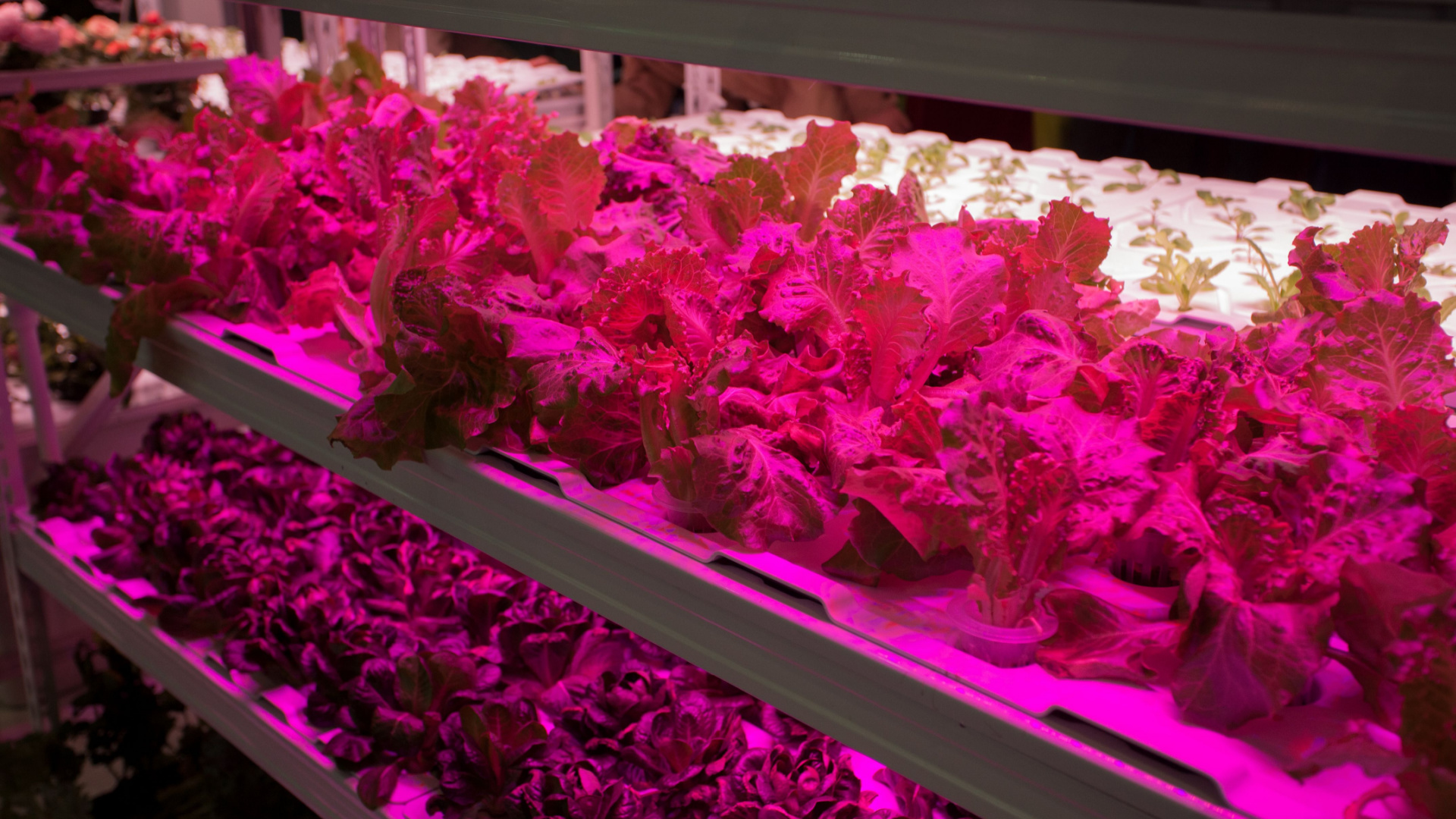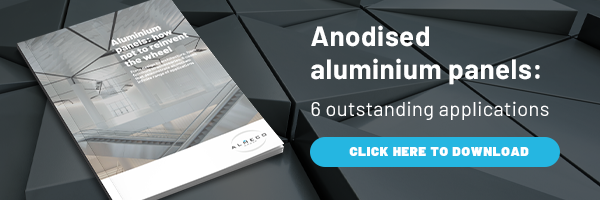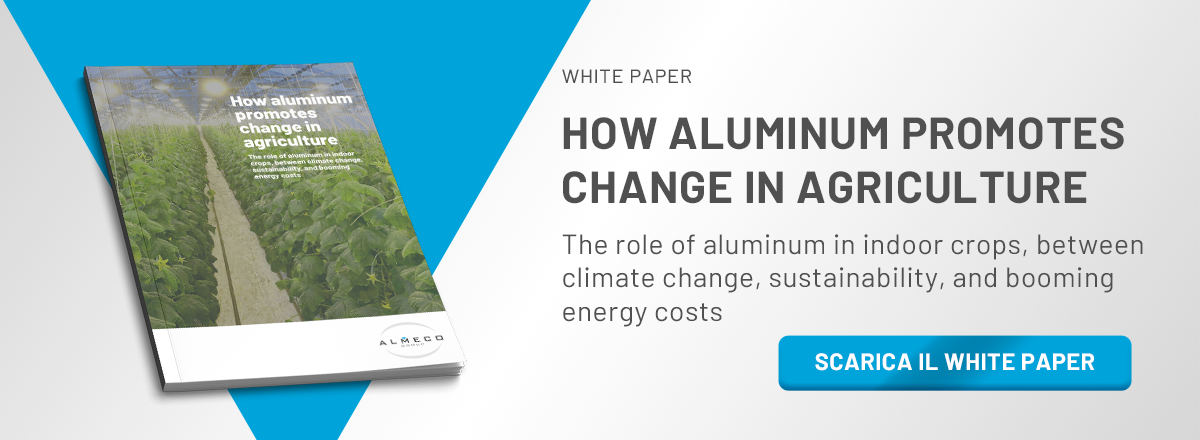The use of ultraviolet (UV) or infrared (IR) radiation in indoor crop cultivating systems and greenhouses can help to meet a growing food demand, while preserving existing agricultural soil.
However, indoor farming poses a challenge in terms of lighting systems to be adopted, as artificial light will influence crops’ growing speed and quality. Nowadays, advanced systems for indoor horticulture are based on light emitting diodes (LED) for improving crop growth, enhancing the plant productivity, and promoting higher nutritional quality.
Moreover, integrating ultraviolet (UV) or infrared (IR) radiation to LED lighting systems can help optimize crop growth and quality. Still, there is a lot more to discover about how these radiations impact crop’s composition and its quality during storage.
To help the industry overcome these challenges, Almeco has taken part in a Study with Università degli Studi di Milano and MEG Science, which aimed to discover UV and IR possibilities in indoor crop cultivating systems and greenhouses.
Indoor and vertical farming, a critical challenge for our future
By 2050 nearly 7 out of 10 people will live in urban areas. As world population continues to grow, and more and more people will choose to live in cities, food security will become an ever-increasing concern as:
- food demand will continue to grow;
- more land will be taken away from agriculture;
- climate change and soil impoverishment will make it increasingly difficult to match supply and demand.
For these reasons, interest toward the possibility of growing vegetables in indoor and protected systems is rising. On one hand, cultivating crops in greenhouses and indoor crop cultivation systems could help keep up with the demand and take some strain off the remaining agricultural soil (allowing, for example, crop rotation or to carry on other practices to preserve soil’s fertility).
On the other hand, indoor cultivation poses a major challenge inherent to the lighting system to be adopted for proper growth of crops and for preserving quality during storage.
Using ultraviolet radiation UV or IR in indoor farming systems: a case study
To analyse UV and IR effects on crop’s growth, an indoor UV chamber was equipped with an aluminium reflector realized with vega®UV, a PVD surface specifically developed to optimize the reflectance in the UV bandwidth.
During the Study, plants were grown in an experimental greenhouse and treatments were applied during the night using a cabinet, equipped with a UV-B lamp and an aluminium reflector realized with vega®UV.
The research activities aimed to characterize the eco-physiological responses of some important vegetables to UV-B and IR light treatments. IR supplementation was tested, to evaluate the possibility to control temperature together with light. During the study, researchers carried out several tests in order to monitor important crops parameters, such as flavonoids and chlorophyll, and chlorophyll-a fluorescence parameters. Laboratory evaluations included yield, weight loss (during storage), nitrate, sugars, carotenoids, anthocyanins, and phenolic content.
UV and IR potentials for the agriculture of the future
Both experiments showed promising results. The results from tests involving IR showed that the application of IR supplementation in greenhouse and indoor cultivation systems can be a strategy to integrate LED with IR lamps with the aim to increase the temperature in a tailored manner.
In the case of UV-B treatments, several tests were carried involving different types of basils. Treated plants showed higher biomass production, higher efficiency of the photosystem and a slight increment of secondary metabolites (phenolic compounds) at harvest. For these reasons, it was possible to conclude that UV-B treatments can be successfully applied to improve the quality and yield of basil.
vega®UV, an innovative surface for special applications
Almeco developed the aluminium reflector used in this study, which the company has realized with its vega®UV. vega®UV portfolio includes surfaces which offer an improved performance compared to anodized materials or other typical reflective surfaces in applications using UV sources.
Almeco has developed different versions of vega®UV, each with its own specific application:
- vega®UV-A, suitable for suntan lamps, in forensic applications and in the evaluation of gems and art pieces. Many insects can see near UV, so insect traps use these wavelengths to attract them;
- vega®UV-B finds application in the medical field, for example in light sources for the treatment of psoriasis and other skin conditions;
- vega®UV-C accelerates the sanitizing action of UV rays
A partner for a more innovative and sustainable future
This experiment is only one example of Almeco’s commitment to innovation. The company has developed, over the years, an extensive network of partners – as well as an extensive experience in aluminium treatments – to help promote innovation in the sector.
As society strengthens its commitment aluminium will play a bigger role in many different applications, from indoor and vertical farming to architecture and design, luxury, and consumer goods.
Thanks to its investments in technologies, in research and development activities and a team able to meet customisation’s needs, Almeco helps its customers to leverage on aluminium qualities to strive towards a more sustainable future.


